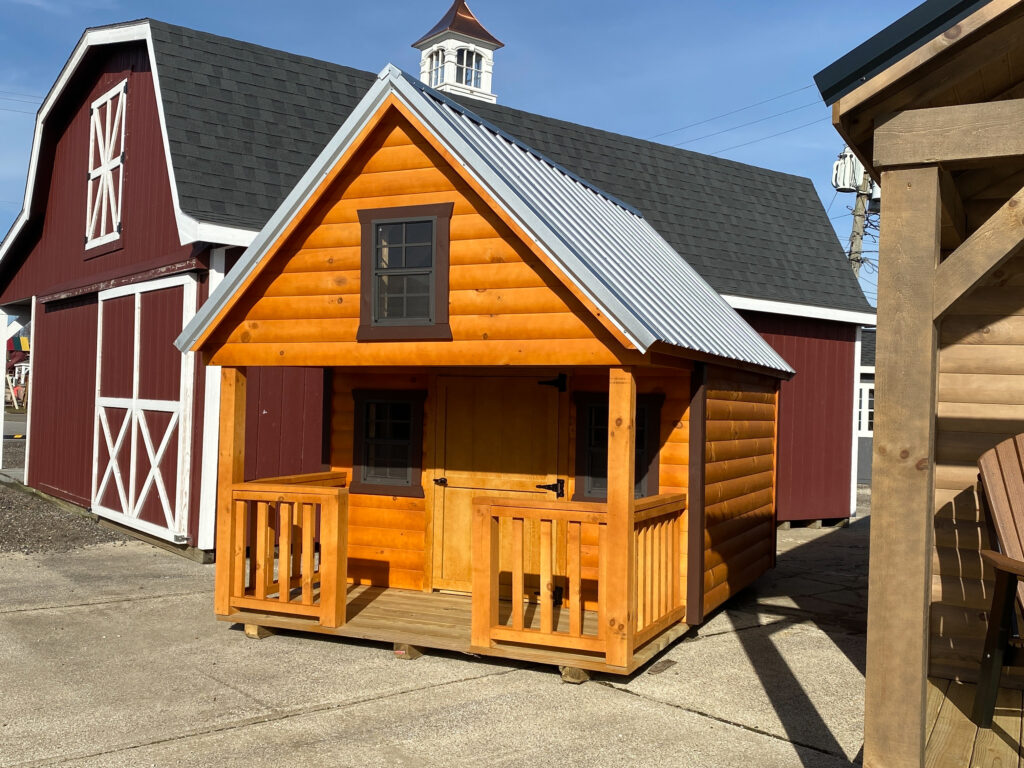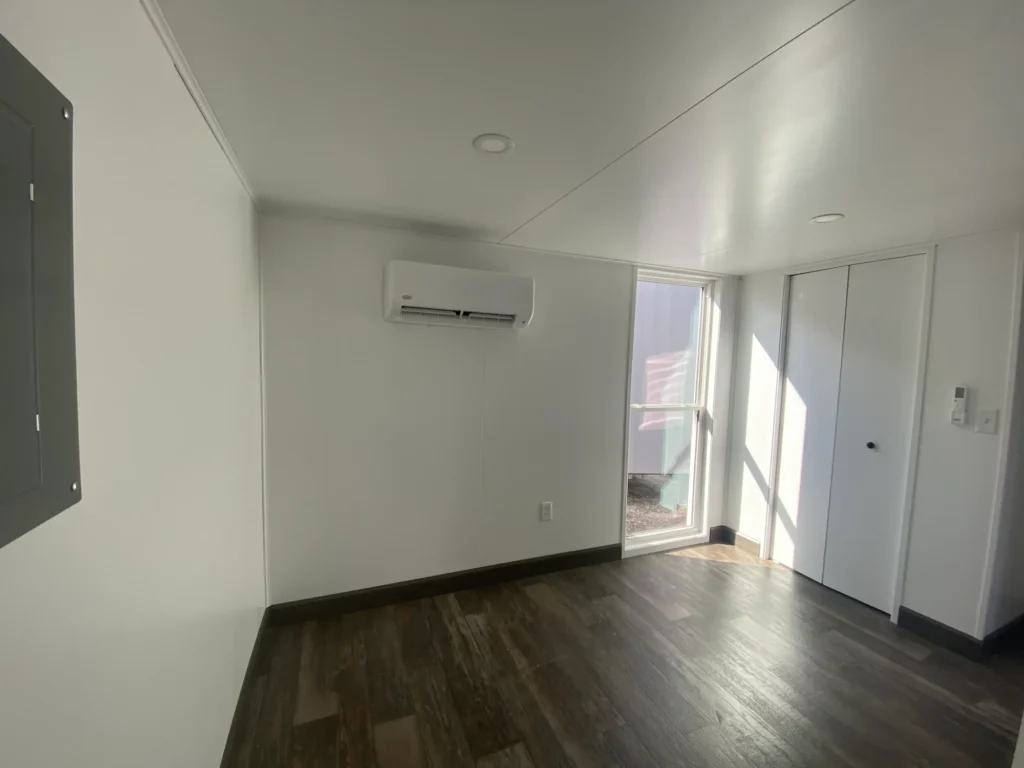Learning how to wash walls effectively is an often-overlooked aspect of home maintenance, yet it plays a significant role in maintaining cleanliness, indoor air quality, and the longevity of your home’s surfaces. Whether you’re maintaining a rustic log cabin in rural Ohio or refreshing the walls of a suburban family home, knowing the right techniques and cleaning agents can prevent damage, protect paint and finish, and enhance overall aesthetics. Walls are high-contact surfaces—exposed to dust, grime, fingerprints, and airborne contaminants—so periodic washing is more important than many homeowners realize.

Understanding Wall Materials Before You Clean
Before deciding how to wash walls, it’s important to assess the type of surface you’re working with. Different finishes react differently to water, soap, and cleaning tools. Painted walls with flat, satin, or eggshell finishes are more delicate and prone to damage if cleaned too aggressively. Glossy or semi-gloss paints, often used in kitchens and bathrooms, are more durable and easier to clean. In many Ohio homes, especially older or custom-built cabins, walls may be constructed from wood paneling, drywall, or log surfaces—each of which requires a tailored cleaning method.
For example, log walls commonly found in handcrafted cabins need gentle treatment. Excessive water or harsh chemicals can strip the natural finish and damage the wood. Drywall, particularly if not properly sealed, is vulnerable to over-saturation. Understanding your wall’s construction will help you choose the most effective and safest approach.
Dusting and Prepping the Walls
An essential first step in how to wash walls is thorough dusting. Skipping this step can lead to streaking or scratching during washing. Use a microfiber cloth, dry mop, or vacuum with a brush attachment to remove surface dust, cobwebs, and debris. Start at the ceiling and work your way down to ensure that no dust falls onto already-cleaned areas.
It’s also wise to lay down towels or plastic sheeting to protect flooring and baseboards. Remove or cover nearby furniture to avoid damage from splashes or cleaning agents. This type of preparation is especially useful in Ohio homes during spring cleaning, when pollen and other allergens often accumulate on interior surfaces.

Choosing the Right Cleaning Solutions
The next step in learning how to wash walls is selecting a safe and effective cleaning solution. For general-purpose cleaning, a mixture of warm water and a few drops of mild dish soap is usually sufficient. This solution is gentle on most painted surfaces and effective at removing light dirt and fingerprints. For tougher stains, especially in kitchens or high-traffic areas, adding a small amount of white vinegar can boost the cleaning power without damaging paint.
Avoid abrasive cleaners or sponges, particularly on matte or flat finishes. These surfaces are more porous and can trap residues or show signs of damage more readily. If your walls are painted with a washable finish, verify with the paint manufacturer’s recommendations or test a small, inconspicuous area first.
In log homes or wood-paneled rooms, use a solution of diluted wood soap like Murphy Oil Soap. According to Better Homes & Gardens, using the right cleaner protects both the wood’s appearance and its protective sealant.

Washing Techniques for Best Results
Effective wall washing starts at the top and works downward. This prevents drips from staining already-cleaned areas. Use a soft sponge or cloth dampened—not soaked—with your cleaning solution. Apply gentle, circular motions and rinse the sponge frequently to avoid spreading grime. Work in small sections, and be sure to dry each area with a clean towel immediately after washing.
For homes in Ohio where walls often collect dust from wood-burning stoves or fireplaces, this technique ensures soot and particulates are removed without embedding them further into the surface. In bathrooms, where moisture encourages mold, a solution of vinegar and water can help reduce mold spores while gently cleaning the surface.
Spot Treating Stains and Problem Areas
Not all stains will lift during regular cleaning, so spot treatment is a crucial part of how to wash walls effectively. Grease spots, crayon marks, or scuffs may require targeted treatment. Baking soda mixed with water to form a gentle paste can help lift many stubborn marks on semi-gloss or gloss finishes. Always rinse and dry the spot afterward to prevent residue from dulling the paint.
In households with children or pets, walls near light switches, furniture, and play areas tend to show the most wear. These areas may need extra attention or more frequent cleaning. For homes with textured walls or paneling, use a soft-bristled brush to reach into crevices while being mindful not to abrade the surface.

Drying and Post-Cleaning Care
Once you’ve finished washing, allow the walls to dry thoroughly. Even trace amounts of moisture can lead to mildew, especially in corners or poorly ventilated areas. Use fans or open windows to encourage airflow. Inspect the cleaned areas under natural and artificial light to ensure there are no missed spots or streaks.
Post-cleaning, consider applying touch-up paint if needed. Minor touch-ups can go a long way in maintaining a fresh appearance. In Ohio’s climate, where seasonal humidity fluctuations can affect wall surfaces, keeping them clean and well-maintained can also help reduce long-term wear.
Keeping Walls Cleaner Longer
Learning how to wash walls includes knowing how to maintain that cleanliness. Encouraging household habits like removing shoes at the door, using exhaust fans, and regularly dusting can all help reduce the frequency of deep cleans. In log cabins or rural homes, installing air purifiers and keeping entryways clean from mud and debris can further protect wall surfaces.
Routine inspection for leaks or condensation, especially around windows and plumbing fixtures, will also help you catch moisture problems before they lead to staining or mold. According to the Environmental Protection Agency (EPA), keeping interior surfaces clean and dry is a key factor in maintaining good indoor air quality.

Conclusion
Knowing how to wash walls properly enhances the comfort, appearance, and longevity of your home’s interior. Whether it’s removing dust from wood-paneled walls in a handcrafted Ohio cabin or treating cooking stains in a modern suburban kitchen, wall washing is a task worth prioritizing.
For homes designed to stand up to the elements and built with enduring craftsmanship, Ohio Cabin And Structures offers structures where every surface—inside and out—is built to last. With the right care and cleaning habits, your walls can remain as impressive as the day they were finished.
